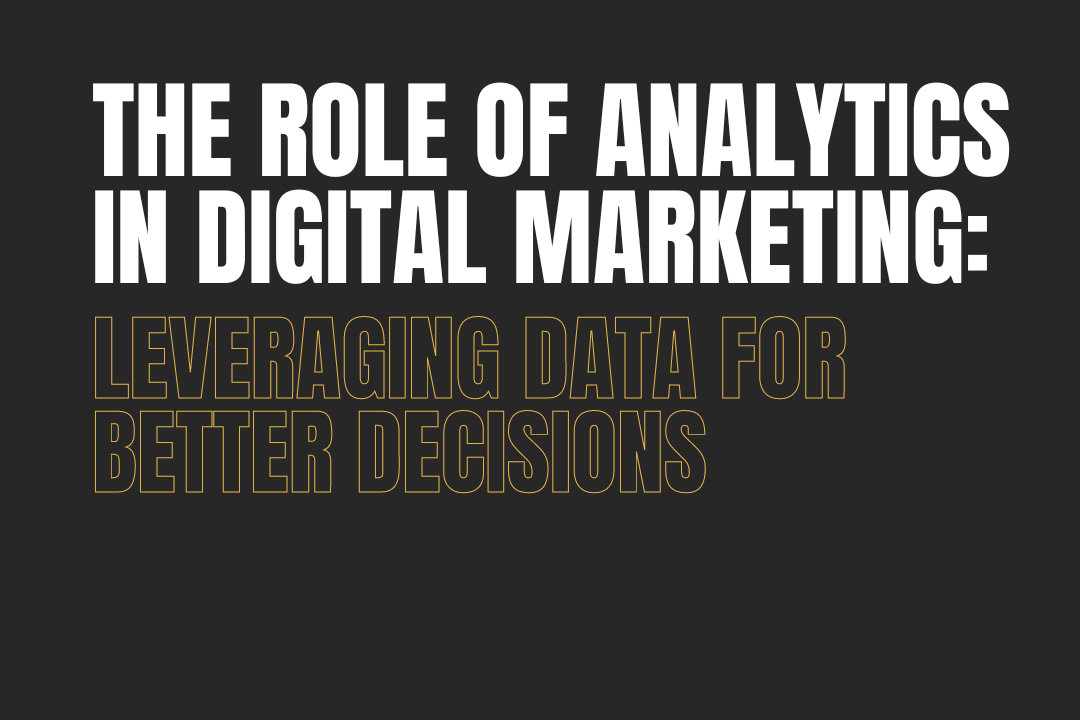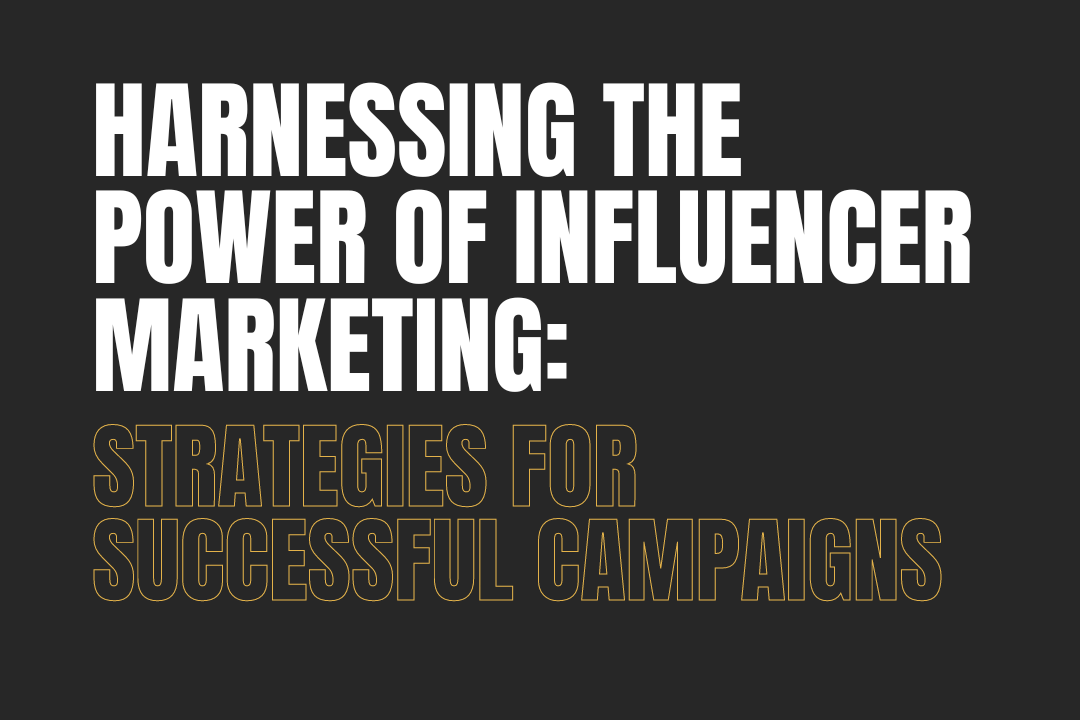Summary:
In this comprehensive guide, we delve into the strategies and best practices for mastering email
marketing to drive business growth, nurture customer relationships, and maximize ROI. From
understanding email marketing fundamentals and building targeted email lists to creating
compelling email campaigns, optimizing for deliverability, and measuring email performance,
this guide empowers you to harness the full potential of email marketing for your business.
Understanding Email Marketing Fundamentals:
Email marketing involves sending targeted messages to a list of subscribers to promote
products/services, share valuable content, and engage with your audience. Familiarize yourself
with email marketing principles, segmentation strategies, personalization techniques, and
compliance regulations to create effective email campaigns.
Building Targeted Email Lists
Grow your email subscriber list by implementing lead generation strategies such as website opt-in forms, gated content offers, social media promotions, and lead magnets. Segment your email lists based on subscriber preferences, behaviors, demographics, and purchase history to deliver personalized and relevant content.
Creating Compelling Email Campaigns
Develop engaging and conversion-focused email campaigns using best practices in email design, copywriting, and call-to-action (CTA) optimization. Craft attention-grabbing subject lines, compelling content, visually appealing layouts, and clear CTAs to drive opens, clicks, and conversions.
Optimizing for Deliverability
Ensure high email deliverability rates by following email deliverability best practices, such as maintaining clean email lists, using double opt-in processes, avoiding spam triggers, and adhering to sender reputation guidelines. Monitor email deliverability metrics and address deliverability issues promptly to maximize email reach and engagement.
Measuring Email Performance
Track and analyze key email marketing metrics such as open rates, click-through rates (CTRs), conversion rates, bounce rates, and unsubscribe rates using email analytics tools. Use performance data to optimize email campaigns, test different elements, segment audiences further, and improve overall email marketing effectiveness.


